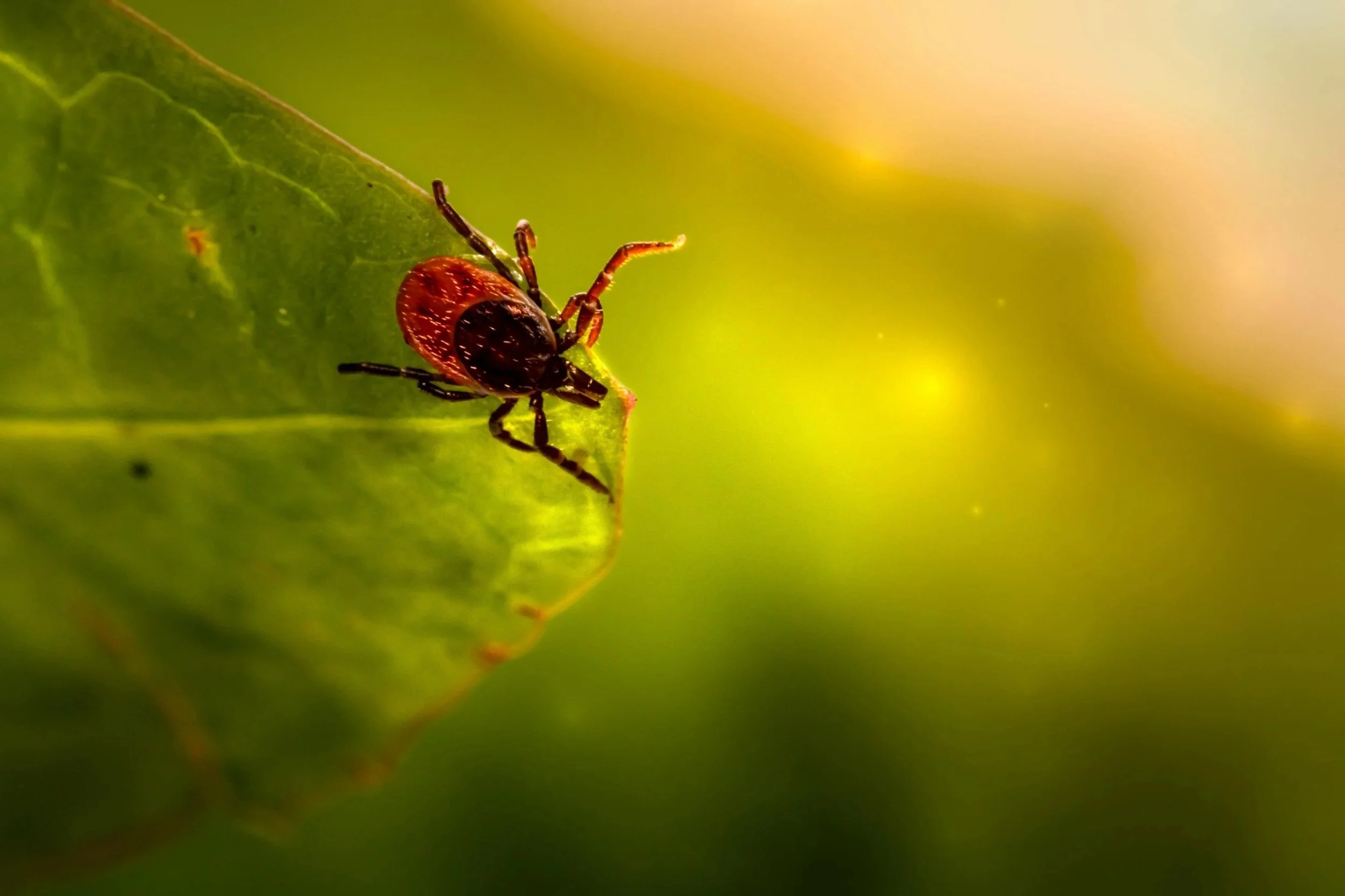
LYME DISEASE
Lyme Disease and Tick-Borne Illness:
What You Need to Know
Tick-borne illnesses are complex and can have profound, long-lasting effects on the body. Understanding the scope of Lyme disease, coinfections, symptoms, and the challenges of chronic Lyme is essential for effective treatment. If you suspect you may have been exposed to a tick-borne illness, seeking medical guidance promptly can help prevent complications and improve outcomes.
The Growing Number of Lyme Disease Cases
Chronic Lyme Disease:
A Controversial and Debilitating Reality
Chronic Lyme disease remains a subject of debate within the medical community. Some experts argue that it’s caused by ongoing infection, while others believe it results from immune system dysfunction or tissue damage left behind by the initial infection. What we see clinically is that people with “Chronic Lyme” can heal when the infections are treated and support and repair of any affected organ systems are employed.
Lyme disease is the most common vector-borne illness in the United States and many other parts of the world. According to the CDC, approximately 476,000 Americans are diagnosed and treated for Lyme disease each year. The numbers are likely underreported due to misdiagnosis and lack of awareness, making the real figure potentially much higher.
New England is one of the regions hardest hit by Lyme disease in the United States, with some of the highest rates of infection nationwide. In New Hampshire alone, thousands of cases are reported each year
Coinfections:
More Than Just Lyme
Ticks can carry and transmit multiple pathogens in a single bite, leading to what’s known as coinfections. These coinfections can complicate diagnosis and treatment, as symptoms often overlap or exacerbate one another. Common tick-borne coinfections include:
BARTONELLA: Known for causing neurological symptoms, including headaches and mood disturbances, as well as skin manifestations like rashes.
BABESIA: A malaria-like parasite that attacks red blood cells, often leading to severe fatigue, chills, and night sweats.
ANAPLASMA & EHRLICHIA: These bacterial infections can cause flu-like symptoms, such as fever, muscle aches, and joint pain.
MYCOPLASMA: Often contributing to respiratory issues, chronic fatigue, and musculoskeletal pain.
ROCKY MOUNTAIN SPOTTED FEVER (RMSF): A potentially life-threatening bacterial infection, RMSF causes symptoms like high fever, headache, rash, and gastrointestinal issues. If untreated, it can lead to severe complications, including organ damage.
Identifying and treating these coinfections alongside Lyme disease is critical for comprehensive care and recovery.
Symptoms:
Lyme and Beyond
Lyme disease is known as "The Great Imitator" because its symptoms can mimic many other conditions, from fibromyalgia to chronic fatigue syndrome. Symptoms can vary widely from person to person and may shift over time. Common symptoms include:
Erythema migrans (bullseye rash)
Fever, chills, and flu-like symptoms
Fatigue and headaches
Joint and muscle pain
Severe fatigue
Migratory joint pain
Neurological issues like facial palsy (Bell’s palsy), numbness, or tingling
Cognitive difficulties, often referred to as "brain fog"
Heart palpitations or irregular heartbeats
Anxiety, Depression and mood changes
Sleep disturbances
Without timely treatment, these symptoms can persist, evolve, or become chronic.
Treatment for Tick-borne illness
Treating tick-borne illness requires a multi-pronged approach that addresses treating active infections, supporting detoxification and repairing affected organ systems.
-
Comprehensive lab work is ordered to discover what infections are active. Treatment for the infections is employed with antibiotics, herbal antimicrobials, or both. In addition, therapies like SOT (Supportive Oligonucleotide Technique), HBOT(Hyperbaric Oxygen Therapy), and IV therapy can be used in severe cases.
-
A healthy diet, hydration, and regular movement are essential components of treating any illness. Supportive therapies like meditation, EMDR, and DNRS are often employed to support the emotional and mental aspects.
-
Omega-3 Fatty Acids: Help reduce inflammation and support brain function.
Curcumin: A potent anti-inflammatory derived from turmeric.
Glutathione: The body’s master antioxidant, critical for detoxification.
Herbal Remedies can help support and boost the immune system
Homeopathic Nosodes or Low Dose Immunotherapy can help the immune system.
-
It’s essential to optimize the body’s detox pathways to help clear toxins as die off from the infections that occur. This can include:
Hydration: Drinking plenty of water to support kidney function and toxin removal.
Liver Support: Milk thistle, NAC (N-acetyl cysteine), and dandelion root can help the liver process and eliminate toxins.
Sauna Therapy: Regular sweating through infrared saunas can aid in detoxification.
-
Tick-borne illness can affect every area of the body. Supporting and rejuvenating those affected systems is a vital part of treatment. This may include support for the thyroid, hormones, brain, bladder, kidneys, liver, nervous system, cardiovascular system, sinuses, digestive track, and more.
-
In some cases, continued treatment with herbs or immune support is necessary to prevent a relapse of symptoms.



